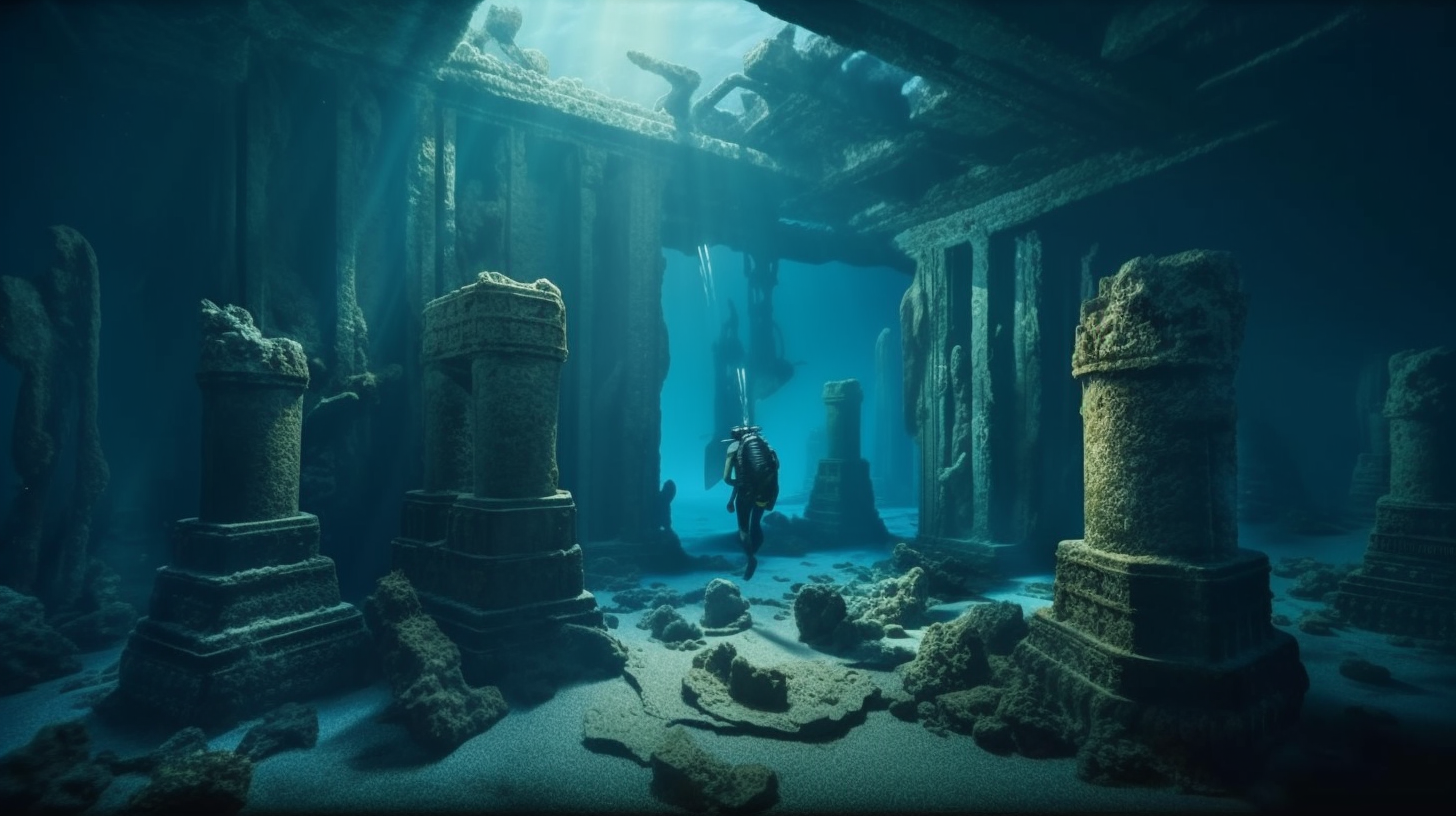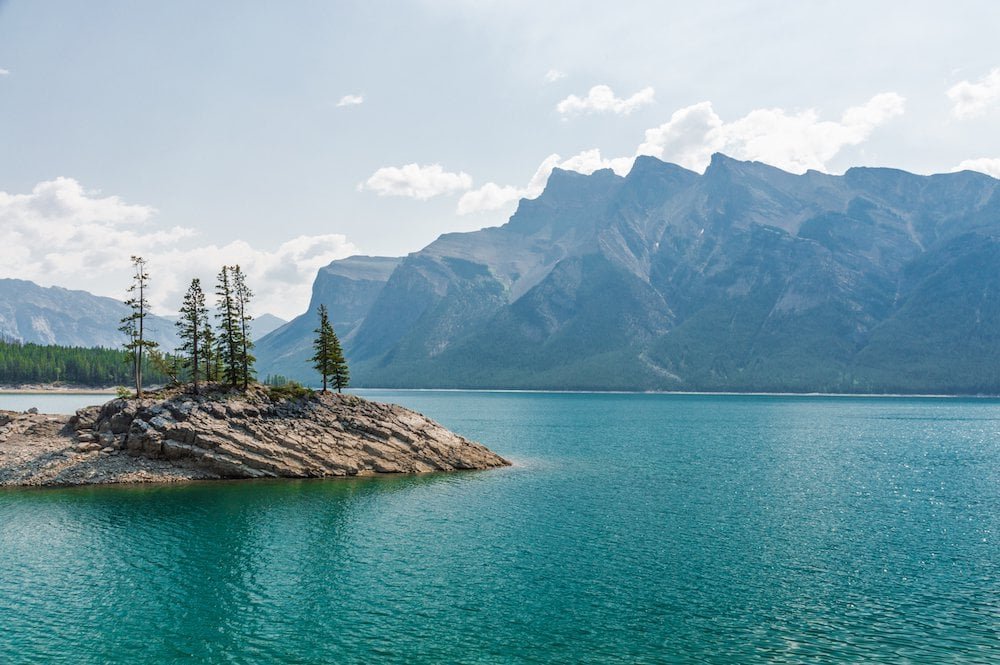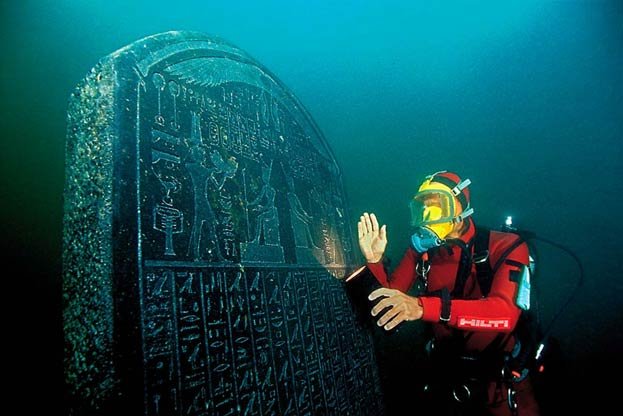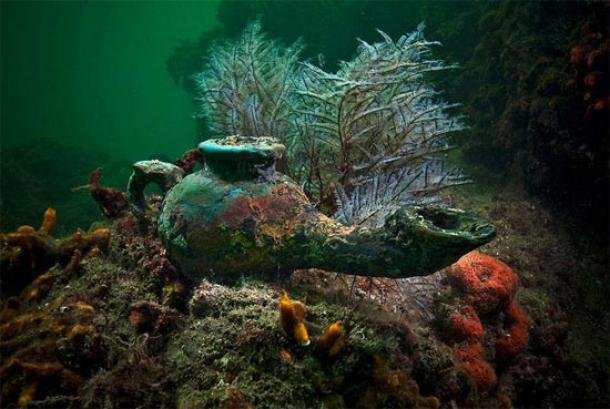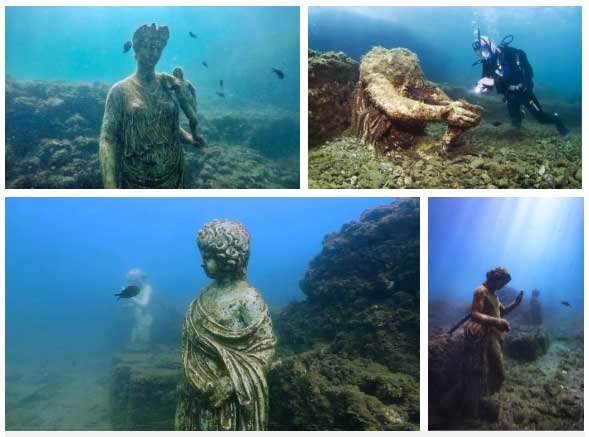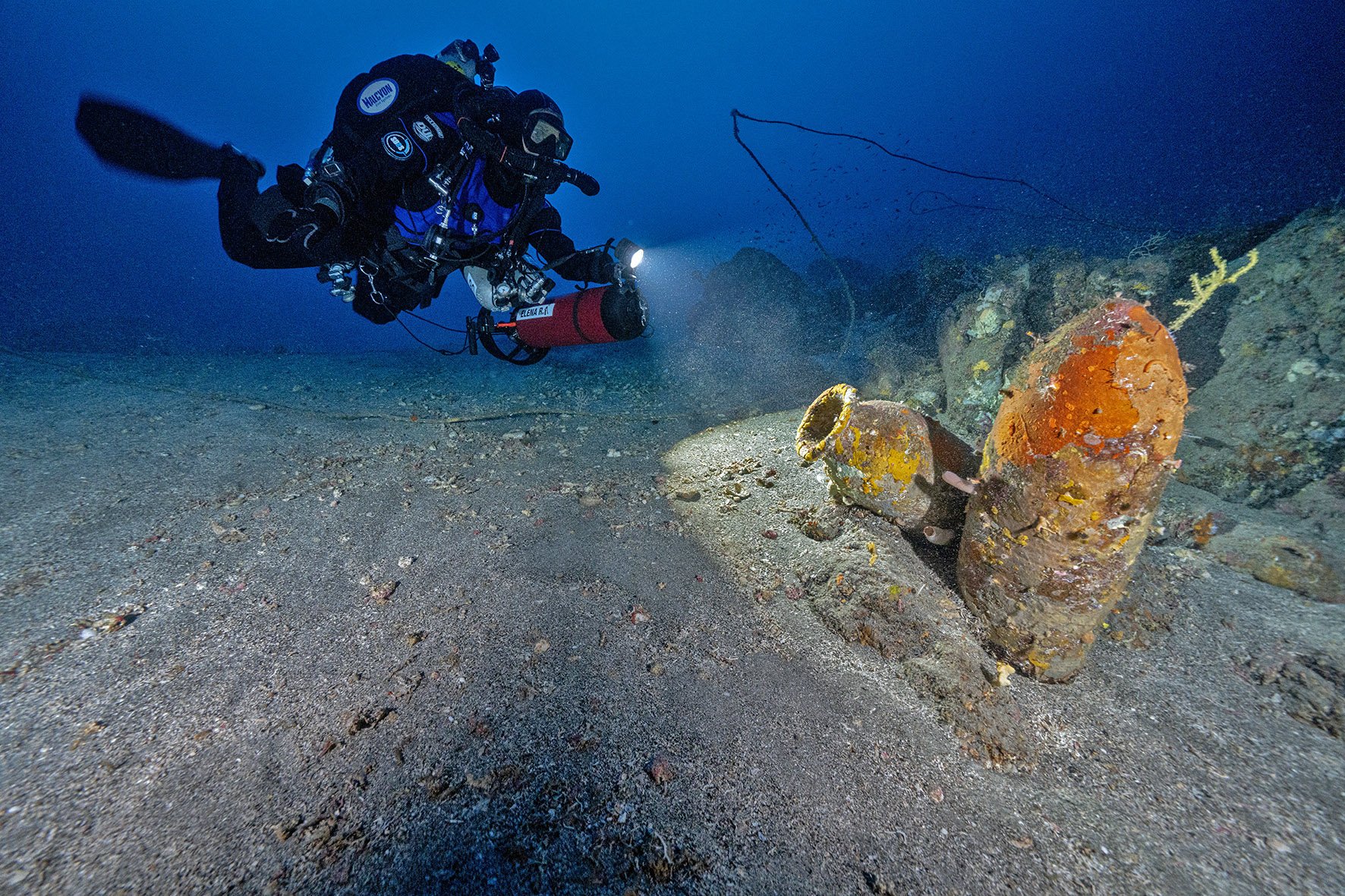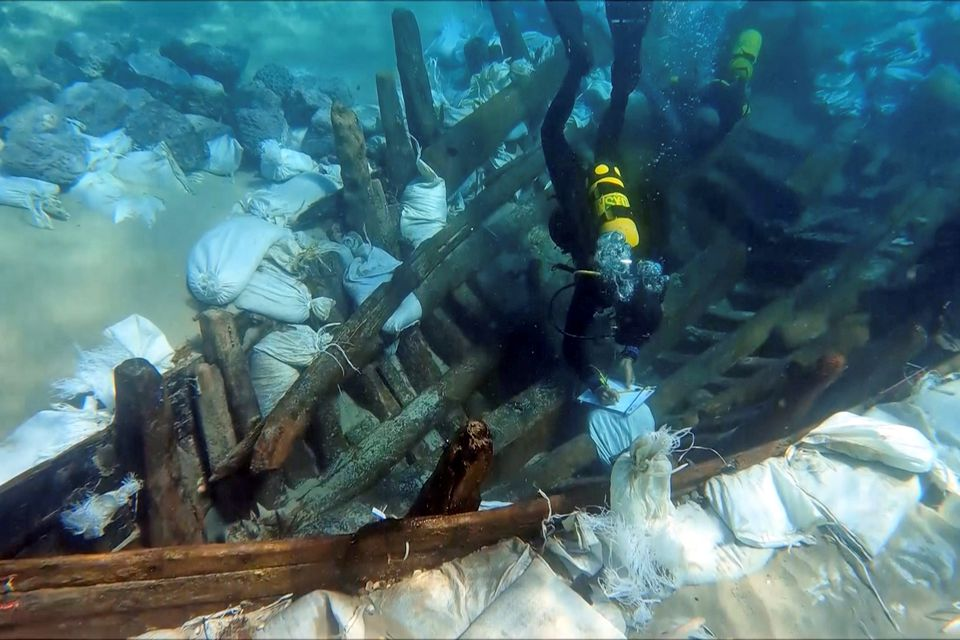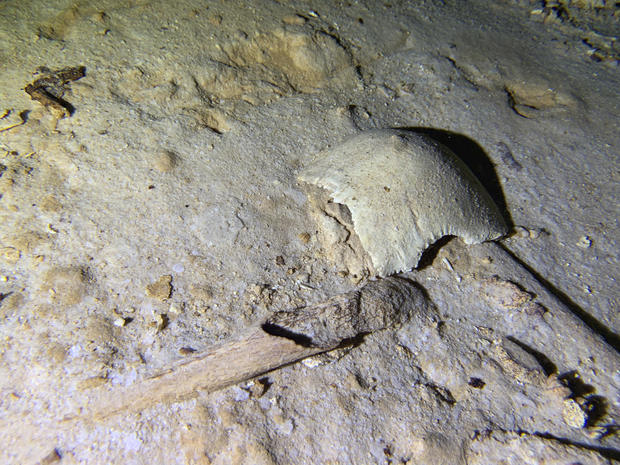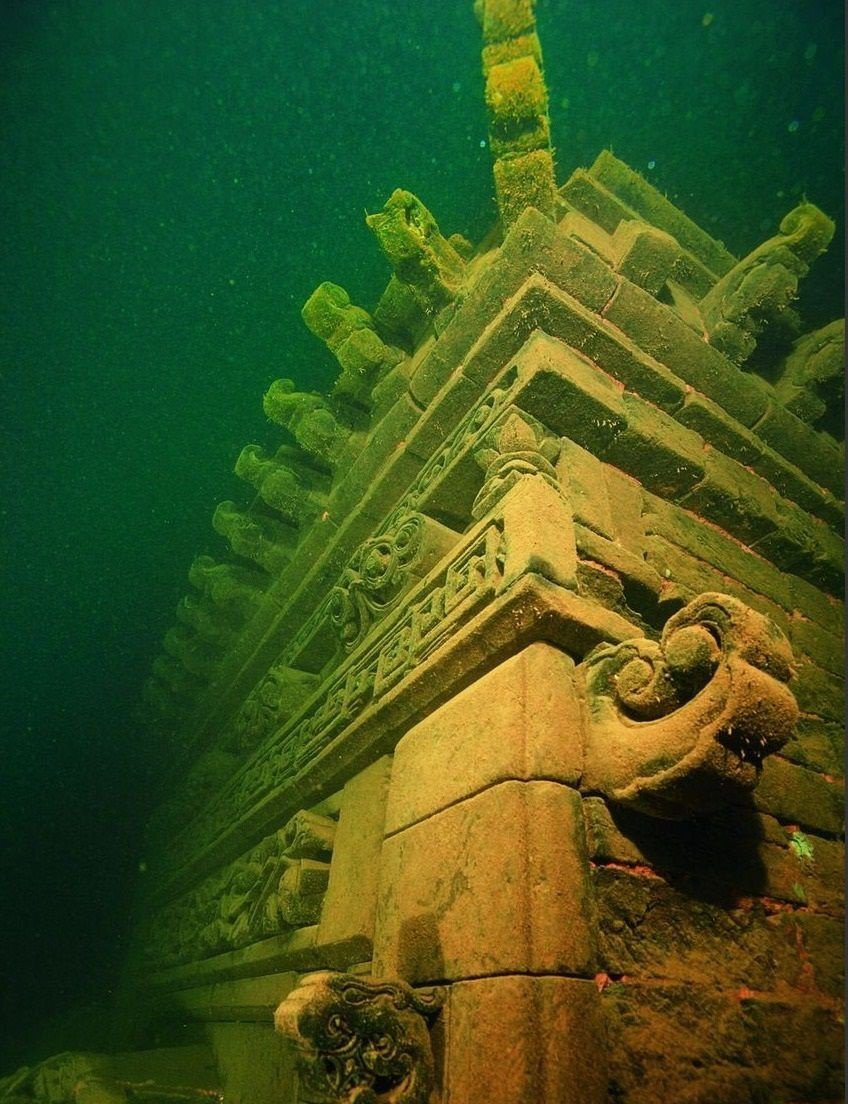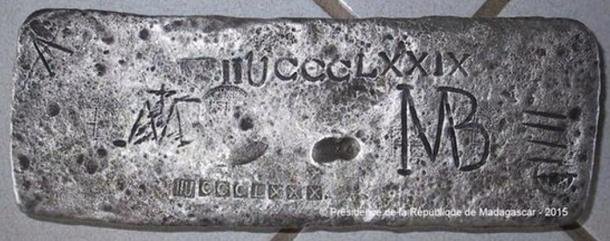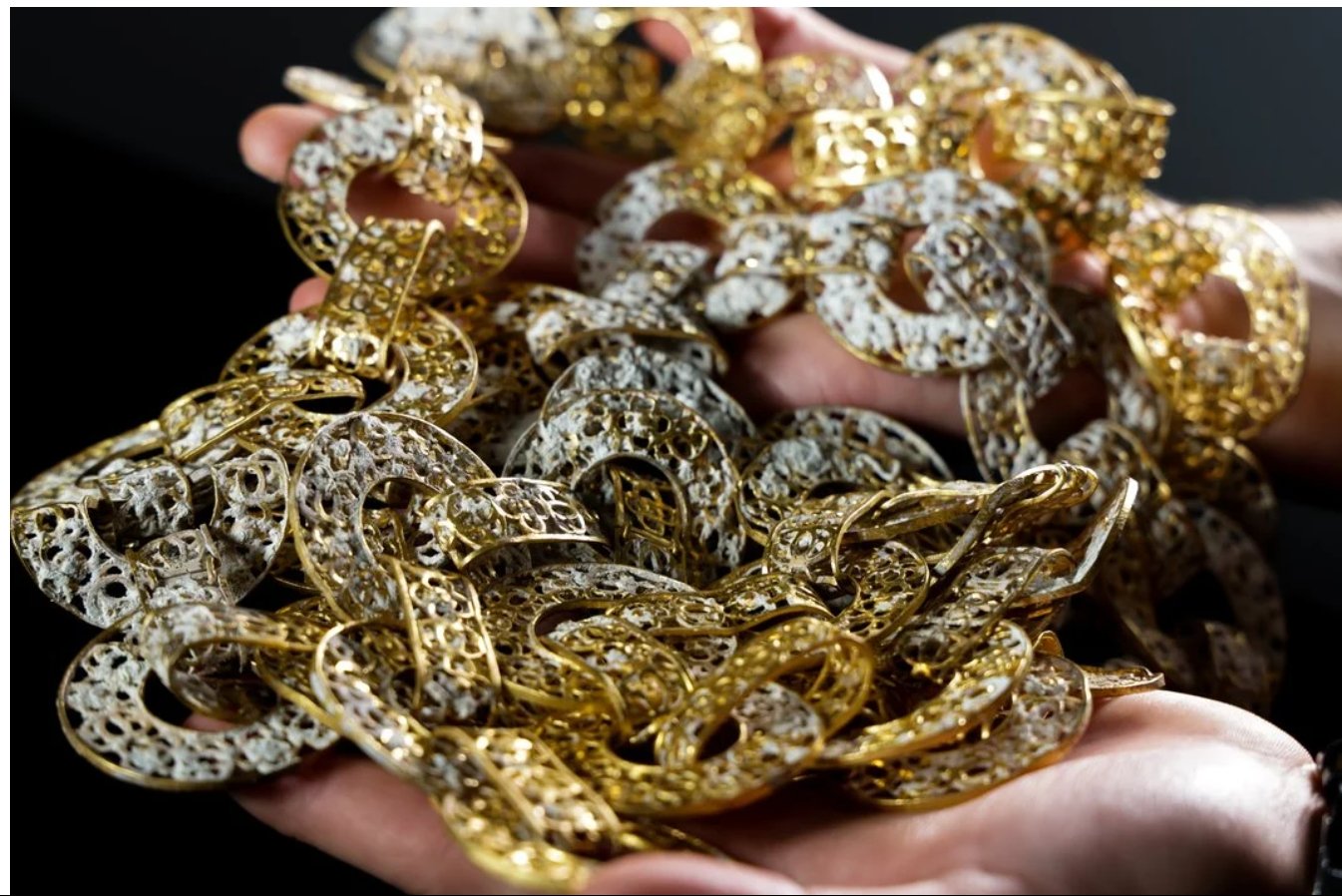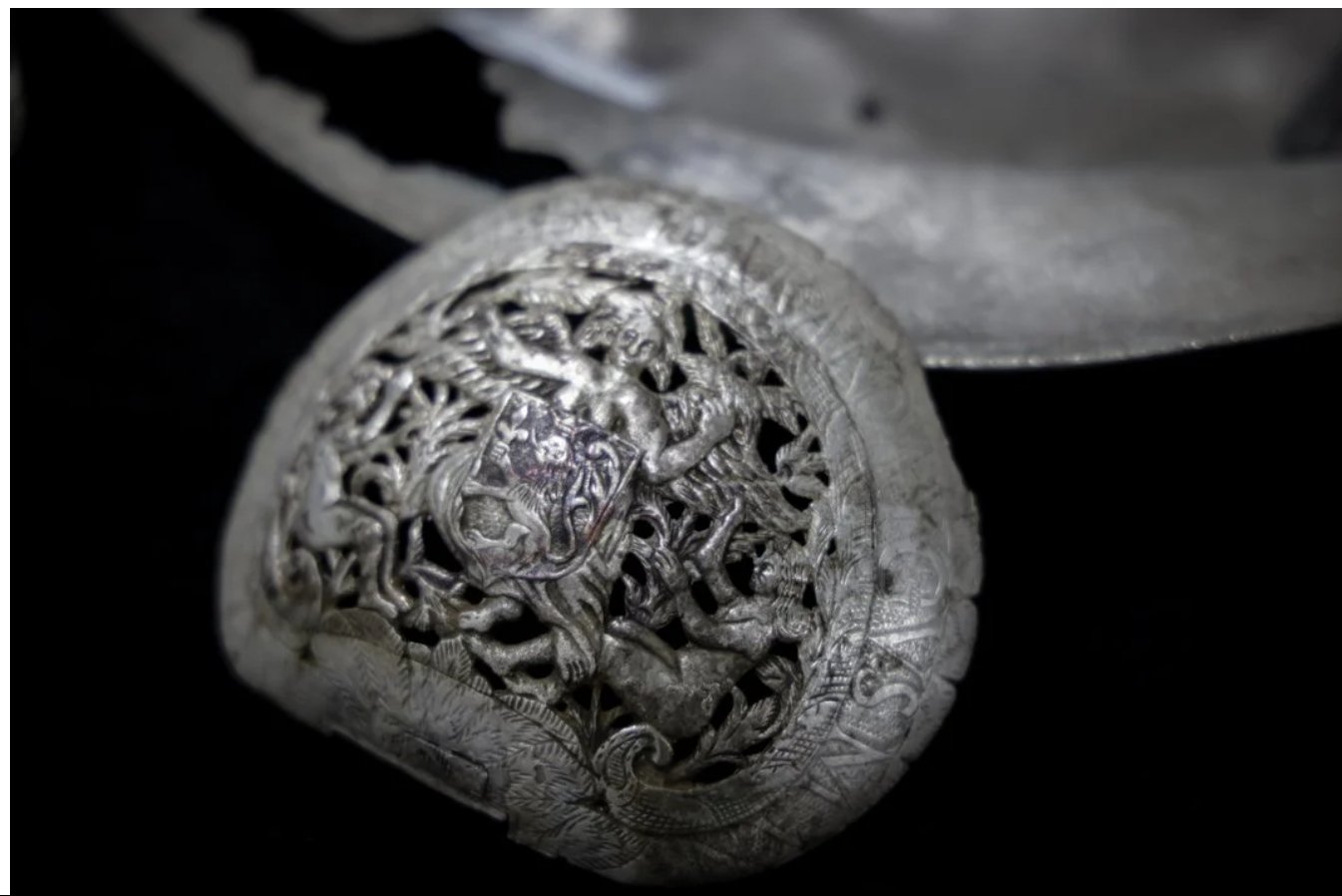The path to the Emerald City might travel along the ocean’s bottom. The crew (researerchers) of the Exploration Vessel Nautilus caught sight of a strange-looking formation while studying an area called Liliʻuokalani Ridge in the Papahānaumokuakea Marine National Monument in the Pacific Ocean.
“The yellow brick road?” a scientist mused in an interview of the discovery in April 2022. Others remarked that the rocks were reminiscent of a very different fictional world: “It’s the road to Atlantis,” one researcher said.
The golden boulders, separated by perfect 90-degree angles, form a small strip that appears to have been chiseled and organized by human hands. The seemingly paved street, however, was merely the natural product of old volcanic activity hundreds of feet below the water’s surface, according to the researchers.
“At the summit of Nootka Seamount, the team spotted a ‘dried lake bed’ formation, now IDed as a fractured flow of hyaloclastite rock (a volcanic rock formed in high-energy eruptions where many rock fragments settle to the seabed),” the researchers said.
“The remarkably brick-like divisions between the rocks are likely the coincidental result of heating and cooling stresses from multiple volcanic eruptions over millions of years”, the team added.
While piloting a remotely operated vehicle (ROV) around the Papahnaumokuakea Marine National Monument, a protected conservation area encompassing approximately 582,578 square miles (1,508,870 square kilometers) of the Pacific Ocean northwest of Hawaii, the researchers took a detour down this eerie undersea road.
The expedition is part of the Ocean Exploration Trust’s Nautilus Exploration Program, and its goal is to examine the ancient seamounts at Liliuokalani Ridge, which is located on the monument’s western boundary.
One of the team’s primary objectives is to gather geological samples from the area’s seamounts, which are underwater mountains generated by volcanic activity, in order to better understand their ages and origins. The crew will also gather microbial samples to see what types of strange creatures have managed to live near the Pacific’s deep, underwater volcanoes.
“Our exploration of this never-before-surveyed area is helping researchers take a deeper look at life on and within the rocky slopes of these deep, ancient seamounts,” the researchers added. Previous expeditions aboard the Nautilus research vessel have unearthed a plethora of eerie aquatic anomalies.
During a trip to the Papahnaumokuakea Marine National Monument in 2018, researchers were taken aback by a wiggling, googly-eyed creature that appeared to change shape in front of the camera.
The species was eventually recognized as a gulper eel (Eurypharynx pelecanoides), a gigantic-mouthed fish that can unhinge its enormous jaw to consume anything larger than itself.
The researchers in command of the ROV during that voyage also made a cultural allusion in response to the unexpected scene in front of them. “Looks like a Muppet,” one researcher said.








